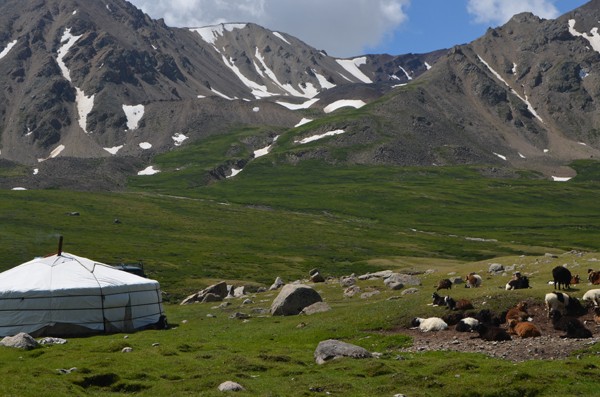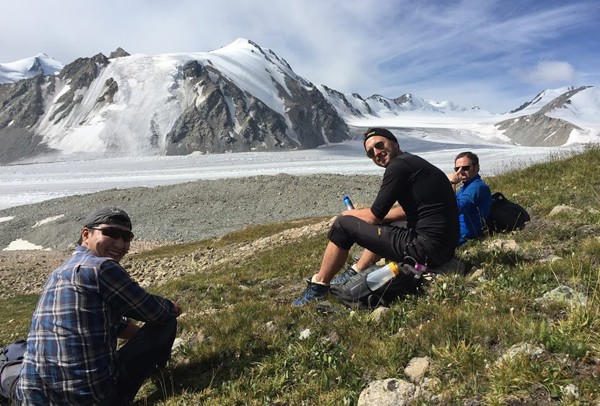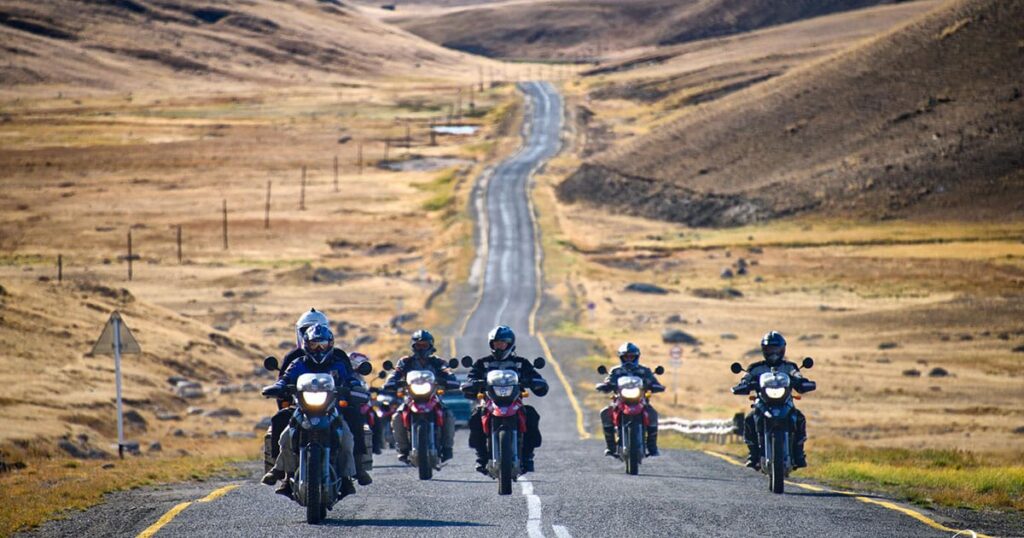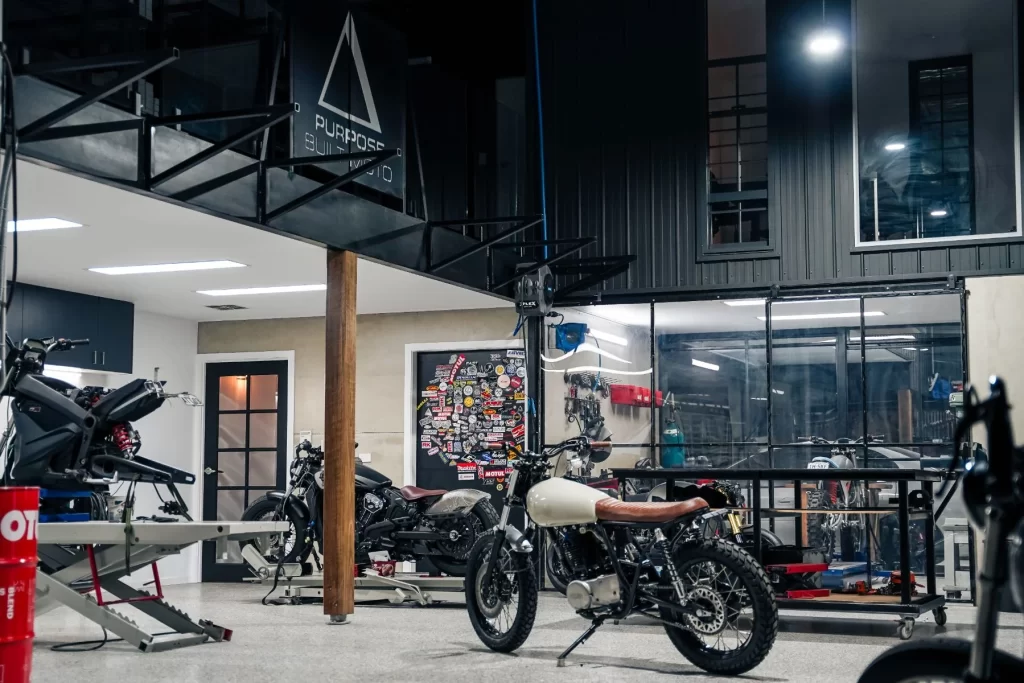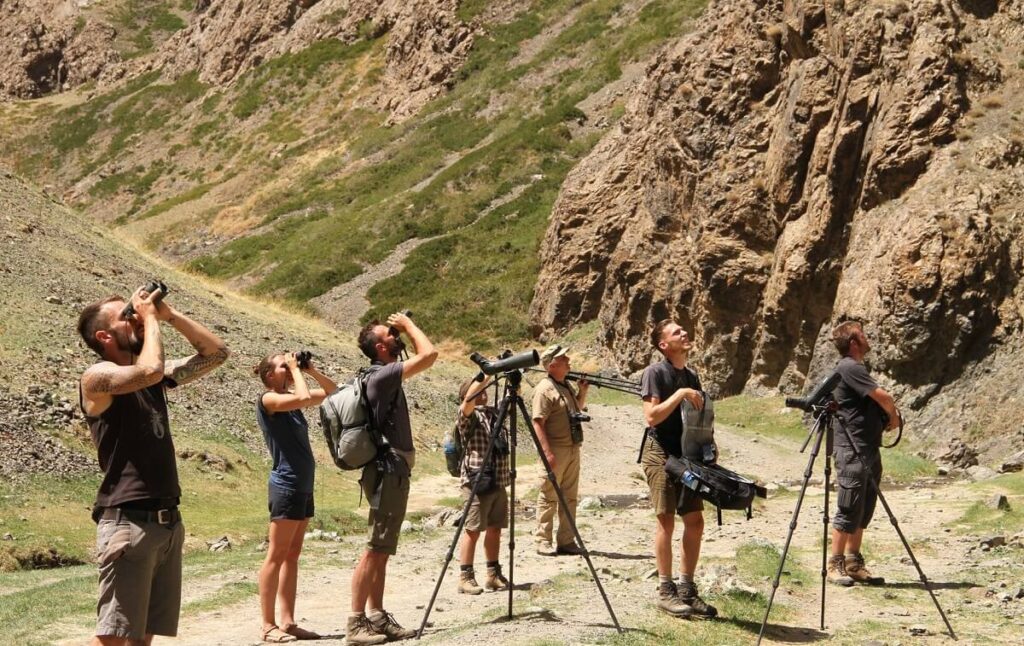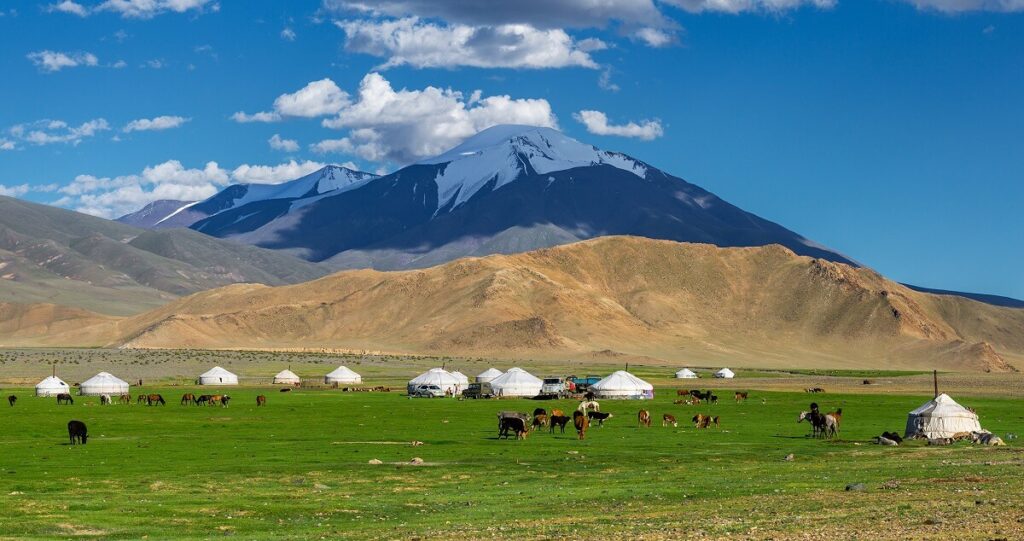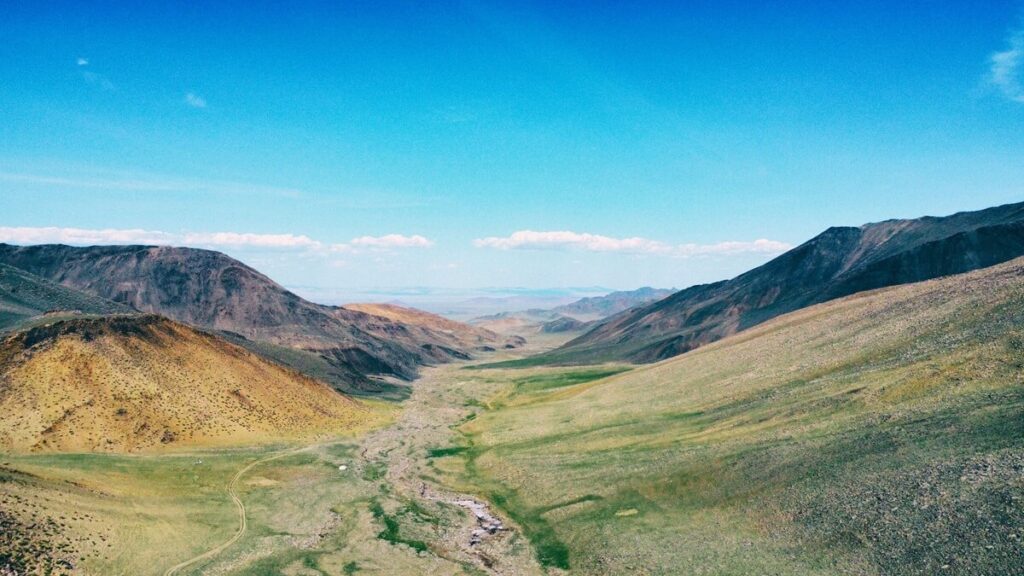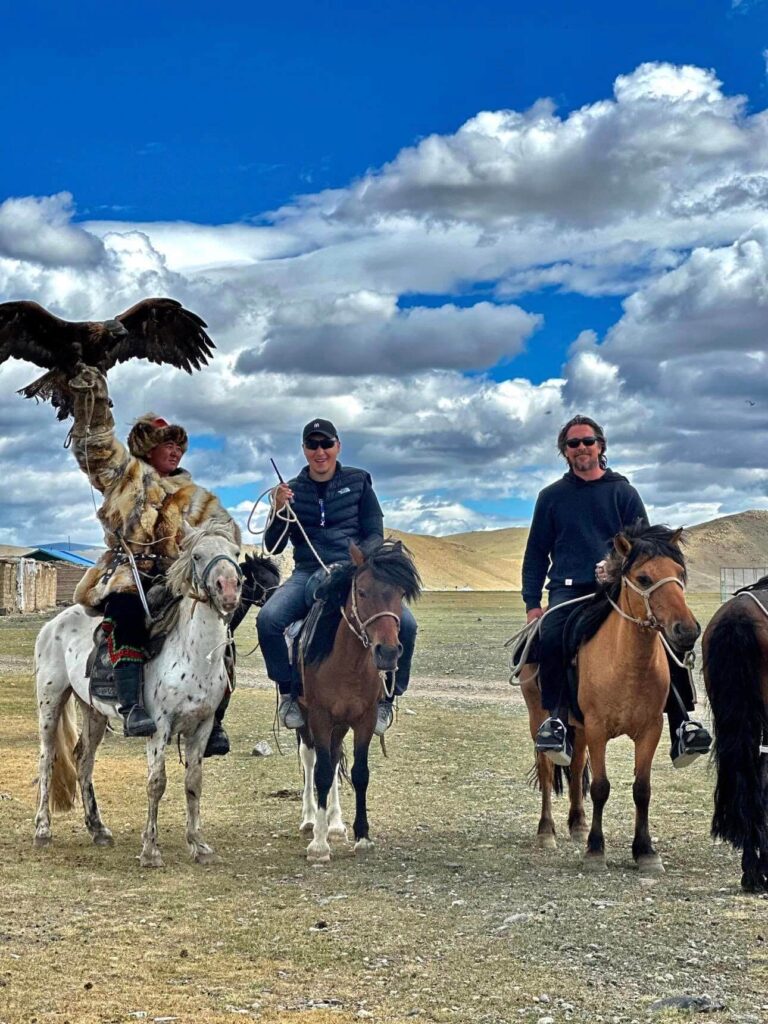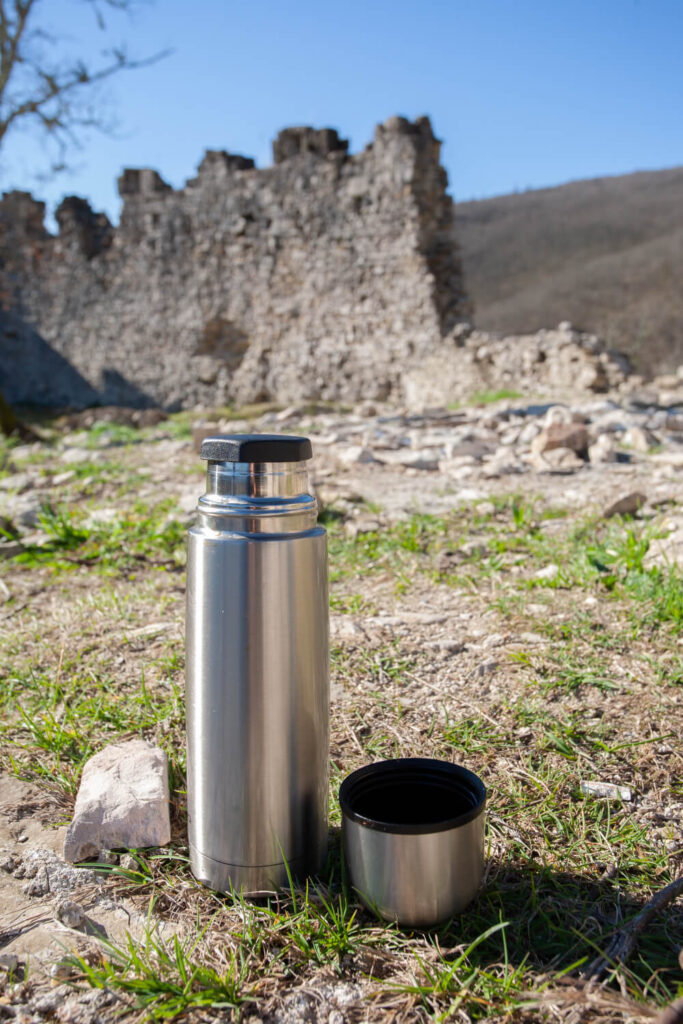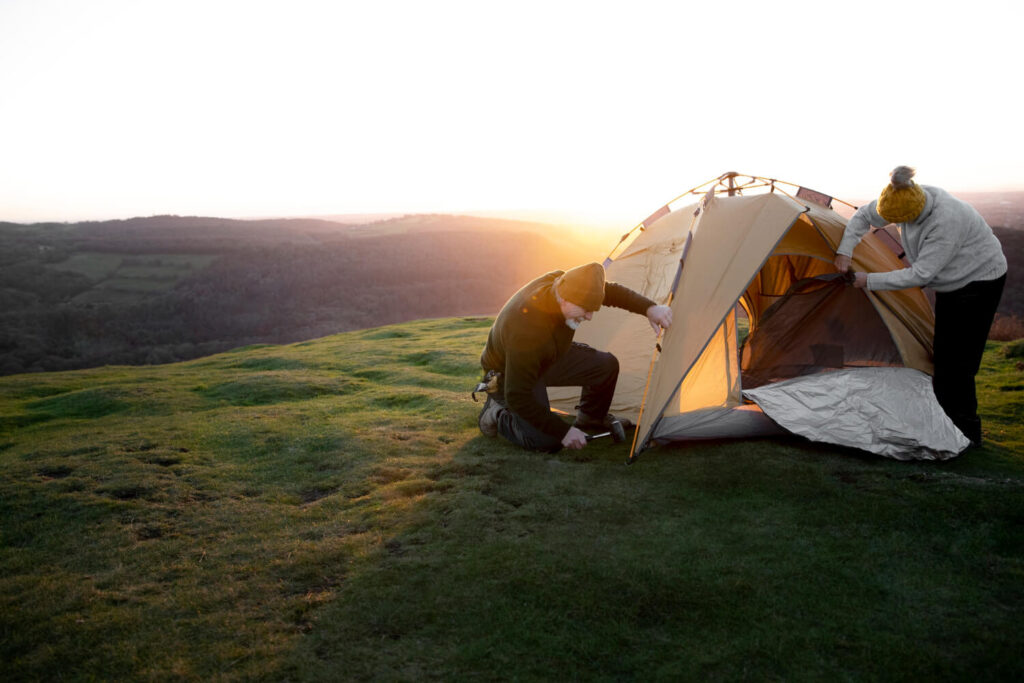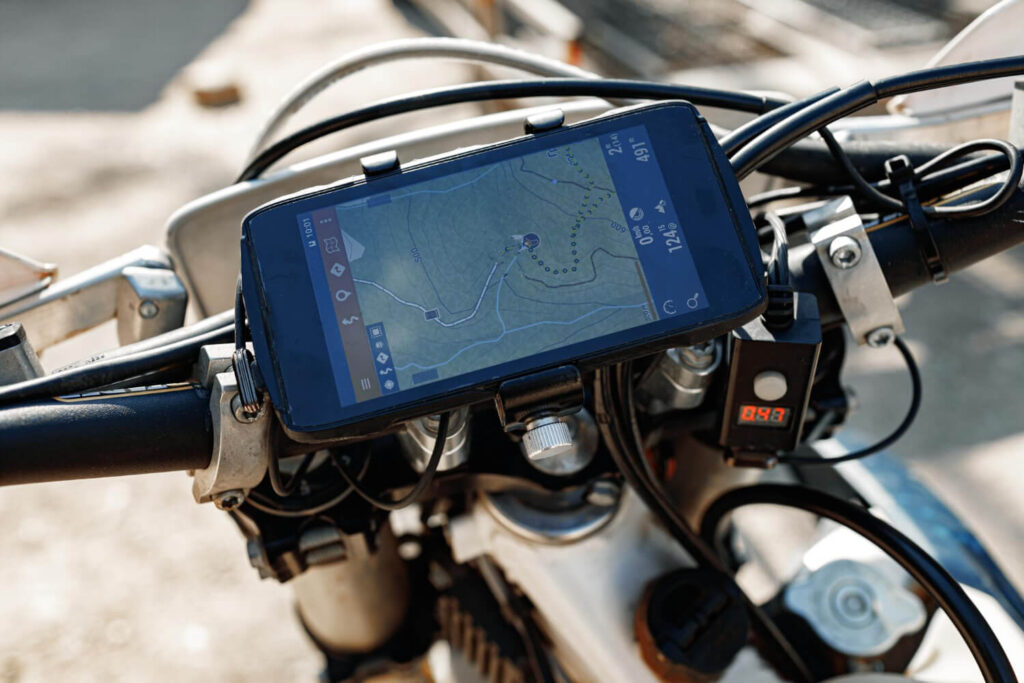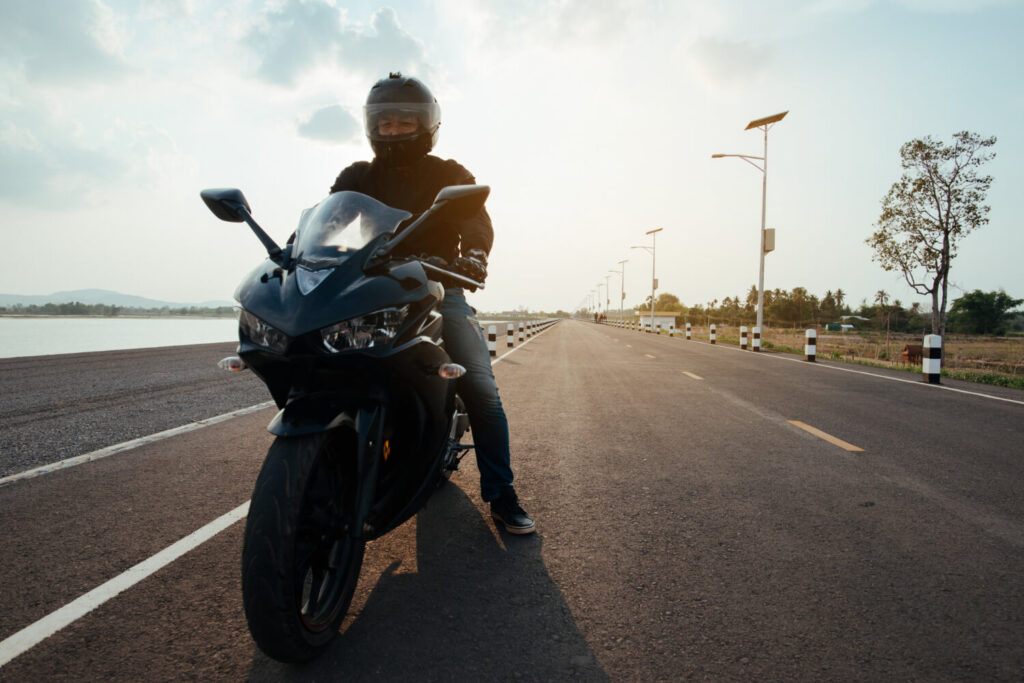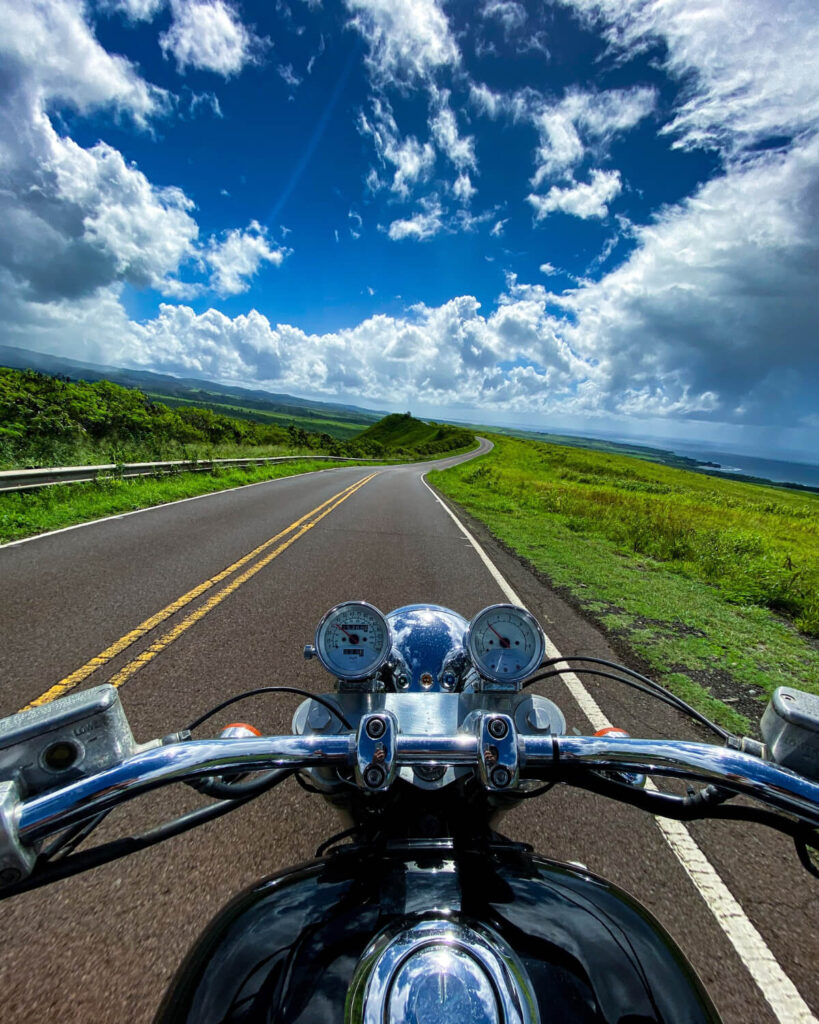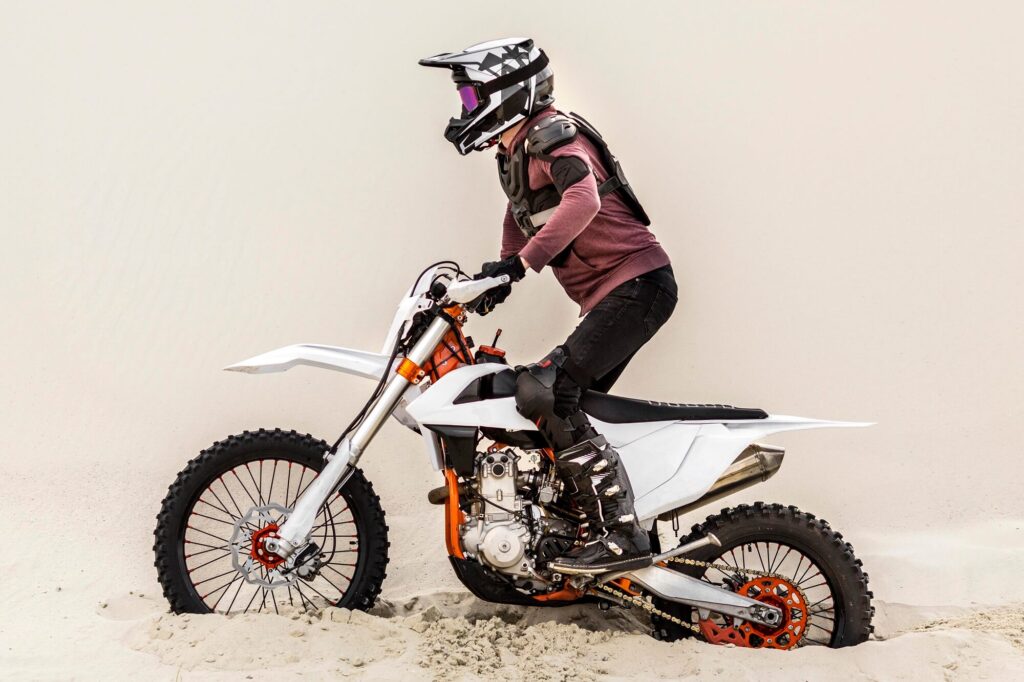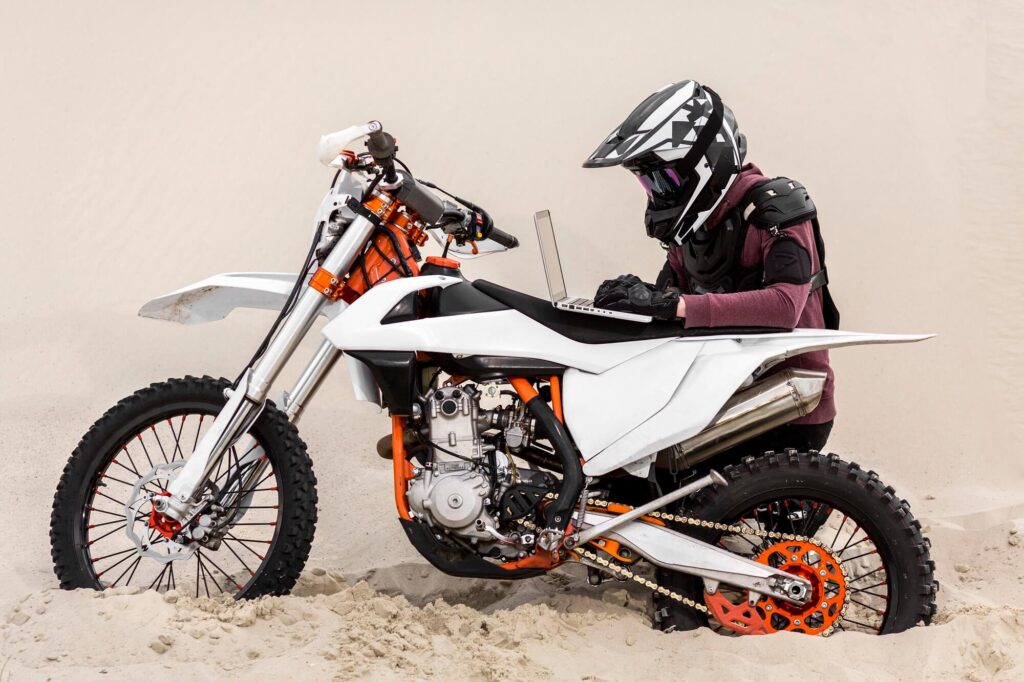Planning a motorcycle road trip can be an exciting adventure, but it can also be overwhelming. There are so many things to consider before embarking on a long journey on your motorcycle such as which motorcycle to choose, how to start planning motorcycle trip. To ensure that your road trip goes smoothly, it is important to prepare a checklist of items that you need to bring with you.
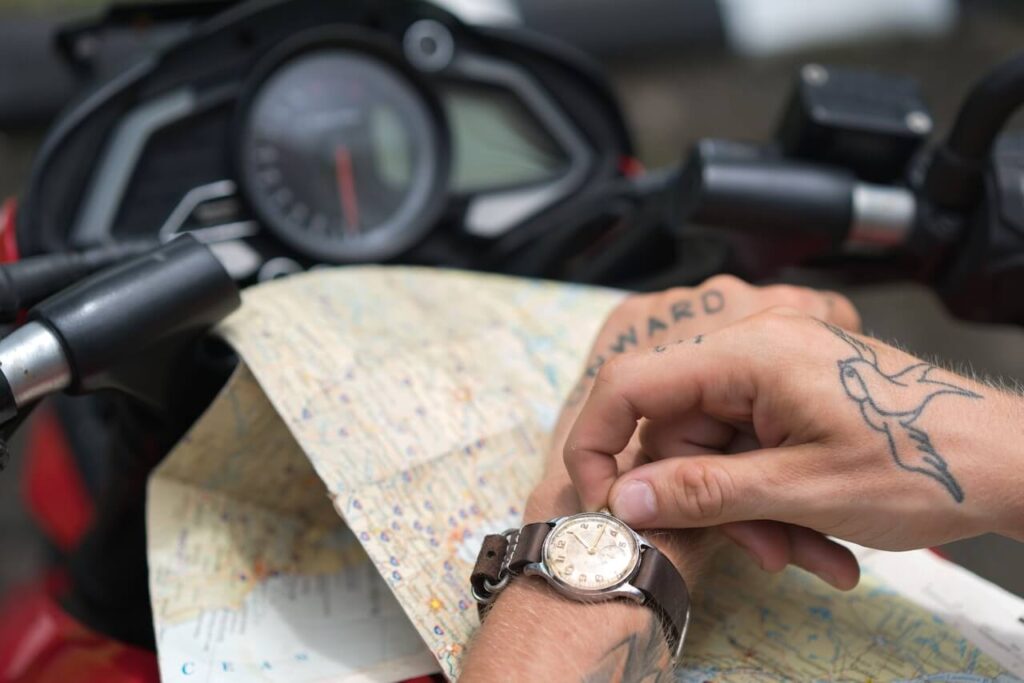
In this article, we will provide you with a comprehensive motorcycle road trip checklist that will help you stay organized and safe on your next adventure.
Motorcycle Maintenance
Before you hit the road, it is important to ensure that your motorcycle is in good working condition. Take your motorcycle to a qualified mechanic for a full inspection, and have any necessary repairs or maintenance completed. And always try to bring the following items:
- Bike jumper cables: cables used to jump-start a motorcycle’s battery
- Tire gauge and tire repair kit: tools to check tire pressure and fix flat tires, respectively
- Bungee cords: elastic cords used to secure luggage or other items to the motorcycle
- Extra bike key: a spare key for the motorcycle in case the original is lost or damaged
- Paper funnel: a disposable funnel used to add fluids to the motorcycle (such as oil or coolant)
- Tail bags or saddlebags: additional storage options for the motorcycle if it doesn’t already have built-in storage
- Waterproof covers: protective covers for any external storage (such as tail bags or saddlebags) to keep contents dry in wet conditions
- Helmet: a necessary safety item for any motorcycle rider
- Tool kit: a collection of essential tools for basic maintenance and repairs on the motorcycle, including items such as pliers, wrenches, and fuses. A compact, foldable kit is ideal for easy storage on the motorcycle.
Protective Clothes & Gear
When it comes to motorcycle safety, protective gear is essential. You should always wear a DOT-approved helmet, gloves, boots, and a jacket when riding. In addition to these items, you may also want to consider wearing earplugs, a neck warmer, and a back protector to ensure maximum protection. Also if you want more tips about motorcycle travel check out this.
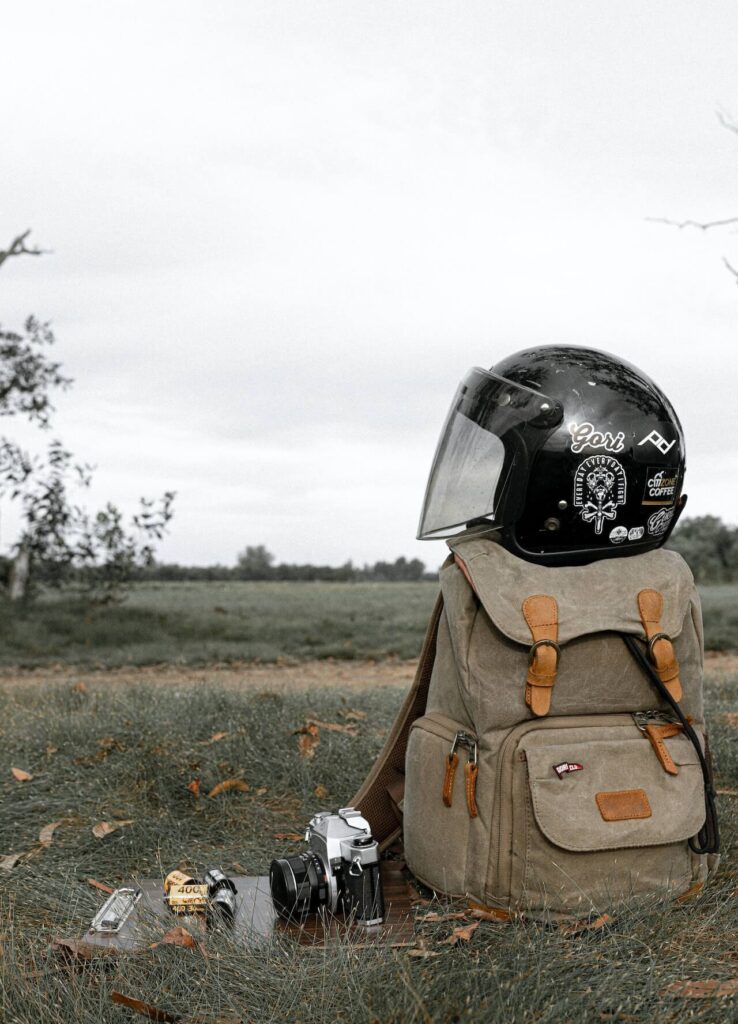
- Helmet: a protective headgear worn while riding a motorcycle to protect the rider’s head in case of an accident or fall
- Jacket and trousers: protective clothing worn while riding a motorcycle to protect the rider from abrasions and injuries in case of an accident or fall. The jacket and trousers are usually made of durable materials like leather or textiles with armor inserts in key impact areas.
- Gloves x 2 (summer and winter): hand coverings worn while riding a motorcycle to protect the rider’s hands from abrasions and injuries in case of an accident or fall. It’s recommended to have two pairs of gloves – one for summer riding and one for winter riding to suit different weather conditions.
- Boots: sturdy footwear worn while riding a motorcycle to protect the rider’s feet and ankles from injuries in case of an accident or fall. The boots are usually made of leather or synthetic materials with reinforced toe boxes and ankle support.
- Neck tube: a seamless, stretchy tube of fabric worn around the neck while riding a motorcycle to protect the rider’s neck from wind, cold, and sunburn. It can also be used as a face mask or headband if needed.
- Ear plugs: small foam or silicone plugs worn in the ears to reduce wind noise and prevent hearing damage while riding a motorcycle. They can also improve concentration and reduce fatigue on long rides.
- Riding socks: specialized socks worn while riding a motorcycle to keep the feet dry, cool, and comfortable. They are usually made of moisture-wicking materials with reinforced heels and toes for durability.
- Throw-over waterproofs: protective clothing worn over the rider’s regular clothing to keep them dry in case of rain or wet conditions. They can be easily stored and carried on the motorcycle and quickly thrown over the rider’s clothes when needed.
Communication & Navigation
Before you hit the road, it is important to plan your route and bring a map or GPS device with you. Make sure that you have a clear understanding of the roads you will be traveling on and that your GPS device is updated with the latest maps. Consider using a waterproof GPS device, as weather conditions can change quickly on the road.
Staying connected on the road can be important for safety reasons. Bring a mobile phone and a charger with you, and make sure that you have a clear understanding of the network coverage in the areas you will be traveling through. Consider bringing a two-way radio to communicate with other riders in your group.
- Butler map or GPS: a navigational tool used while riding a motorcycle to help plan and follow a route. A Butler map is a type of paper map that highlights scenic routes and interesting stops along the way. A GPS (Global Positioning System) is an electronic device that uses satellite signals to provide accurate location and navigation information.
- Chargers for your phone, camera, iPad, laptop, Bluetooth headset, and anything else you’re taking: electronic accessories used to recharge the batteries of various devices while on a motorcycle trip. These accessories may include wall chargers, car chargers, portable power banks, and cables that can be used to charge different types of devices.
- Small notebook and paper in case you need to write down directions or want to chronicle your journey: a compact writing tool used to jot down notes, directions, or memories while on a motorcycle trip. A small notebook and paper can be easily carried in a pocket or saddlebag and can come in handy if you need to record important information or simply want to document your travel experiences.
Comfort & Luggage
Long hours on a motorcycle can be uncomfortable, so it is important to bring items that will make your journey more comfortable. Consider bringing a cushion or a gel seat pad to improve your comfort, as well as a hydration system to keep you hydrated on the road. Wear comfortable clothing that is appropriate for the weather conditions you will be traveling in. And don’t forget personal hygiene items such as:
- Toothbrush and paste: a tool and a substance used for cleaning teeth.
- Soap/ shower gel/ shampoo: substances used for cleaning the body and hair.
- Shaving kit: a collection of tools used for removing hair from the face or other parts of the body, including a razor, shaving cream or gel, and after-shave lotion.
- Sun cream: a lotion or spray used to protect the skin from the harmful effects of the sun’s ultraviolet (UV) rays.
- Face mask: a covering worn over the nose and mouth to help prevent the spread of germs or to protect against pollution or allergens.
- Vaseline: a petroleum jelly used to soothe and protect dry or chapped skin.
- First aid kit: a collection of basic medical supplies used for treating minor injuries or illnesses.
- Hand sanitiser: a substance used to clean and disinfect hands when soap and water are not available.
- Mosquito repellent: a substance used to deter mosquitoes and other insects from biting.
Must Have Other Items For Motorcycle Road Trip Checklist
- Keep your driver’s license and proof of motorcycle insurance with you at all times while on the road. If necessary passport as well. (motorcycle warranty or any important document you might need)
- It’s always a good idea to have some cash on hand, even if you plan on using credit or debit cards for most purchases. You never know when you might need coins for tolls or small bills for emergencies.
- Consider packing a flashlight or a hat with built-in lights to help you see in the dark.
- Pack simple painkillers and other basic medicines, such as antihistamines and decongestants, in case of minor health issues.
- Bring along duct tape, which can be used to fix a variety of issues with your motorcycle or other equipment.
- A pocket knife or multi-tool can come in handy for all sorts of tasks while on the road.
- Don’t forget to pack plenty of water and snacks for you and your passenger in case you get stranded or need to wait for help to arrive.

